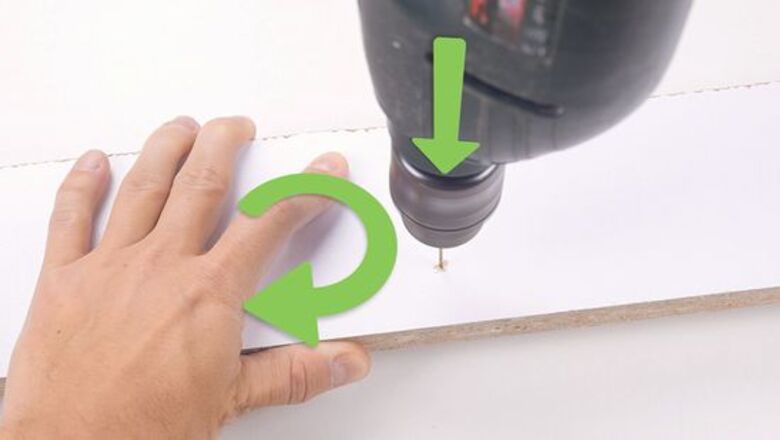
views
Measuring Your Screw
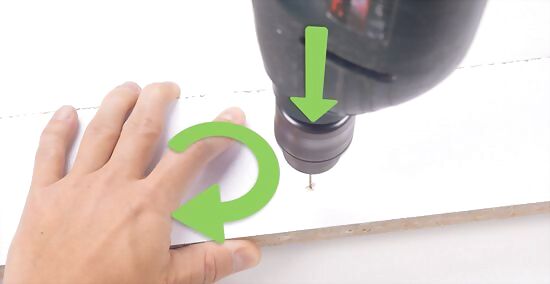
Drill a pilot hole into your project surface. Never drill a screw directly into any surface. Drilling a pilot hole will prevent splitting and buckling, and will make it easier to determine if your screw is actually too long! To drill a pilot hole, choose a drill bit 1 size smaller from your actual screw size. Then, drill all the way down in the exact spot where you plan to put your screw. If you want your screw to be flush with the board, use a drill bit 1 size larger than your screw head. However, only drill about ⁄8 inch (0.32 cm) into the wood.
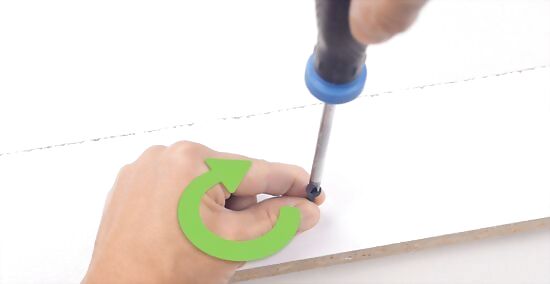
Thread the screw into the hole. Use a drill or a screwdriver to work the screw into your pilot hole. A screwdriver is best for softer woods and delicate jobs, such as antique furniture. Use a drill for hardwood and metal.

Make sure the screw is fully sunk into the pilot hole. If your screw isn't all the way in, you won't get an accurate measurement. Make sure you've bolted the screw firmly into place. The head of the screw should be level to or slightly below your project surface. Don't drill too hard -- if you strip the screw, it will be almost impossible to remove.
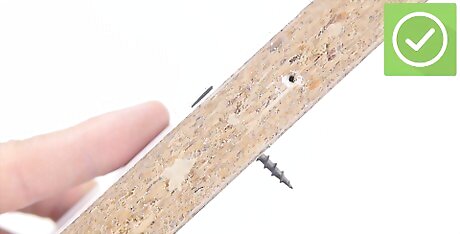
Check the backside of your project to see if the screw is poking out. Look on the other side of your project surface. If you can see or feel the tip of the screw poking out, it's too long and you'll need to cut it to fit. You don't need to take the screw out of the surface -- you can cut it right there with a wire stripper.
Cutting the Screw
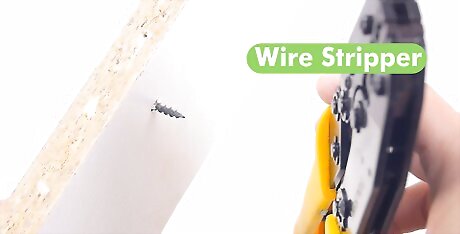
Line up the wire stripper's printed side to your screw. Wire strippers have a side with measurements printed on them and a blank side. The side with measurements has the sharper end of the blade, so you'll want to cut with the screw inserted into the printed side. The tip of the screw should be poking out of the blank side. You'll need to use a high quality wire stripper if you want to strip screws. Lower quality pairs, especially those included in tool kits, aren't strong enough to get the job done.
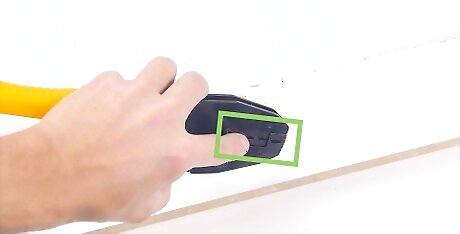
Locate the correct hole size on your wire stripper. Wire strippers have multiple hole sizes. Choose one that fits your screw snugly but doesn't require it to be forced in. If the hole is too big, the screw may just bend instead of being cut. If it's too small, you won't get a close cut.
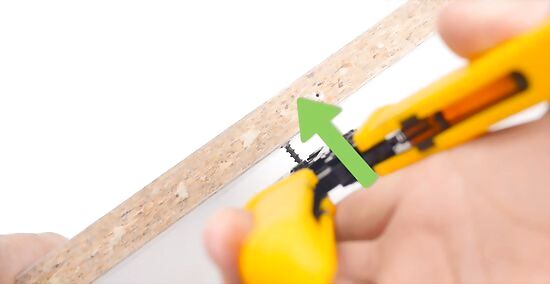
Press the wire stripper against the project surface. Slide the wire stripper over the screw until the printed side is pressed snugly against the underside of your project surface. The tip of the screw and the wire stripper should both be on the same side of the surface.

Squeeze the wire stripper until the end of the screw snaps off. To cut the screw, squeeze the wire stripper tightly until you feel the end of the screw fall off. It's okay to squeeze a few times, but avoid jiggling the wire stripper. You'll wind up with an uneven cut. If you're having trouble cutting the screw, try squeezing the wire strippers 3-4 times. If you're not making any progress, go to the next smaller hole.
Finishing the Screw
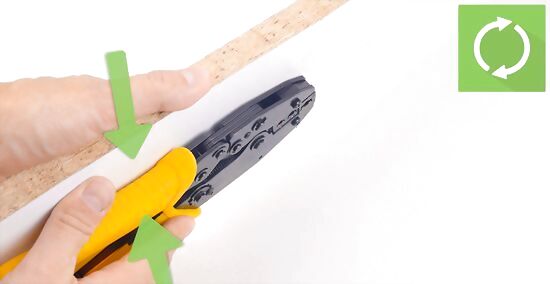
Trim any excess screw length. If you can cut the screw again, do it! Some wire strippers will be difficult to line up perfectly with a surface, so it's okay to make a second cut. If you're having a hard time accessing the back of the screw with your wire strippers, you can instead use a reciprocating saw with a long bi metal blade. The saw will make a smooth cut with no sharp edges.
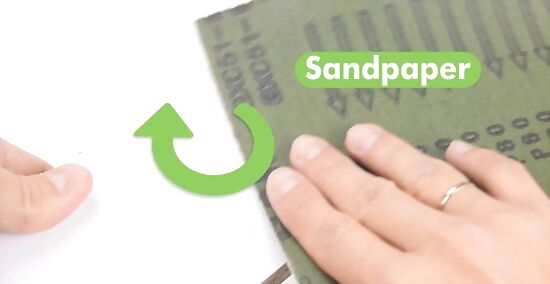
Sand down the tip of the screw (optional). If the remaining screw tip is almost level with the surface and is just a little rough, use a sander with coarse paper to smooth it out a little. Sandpaper in the 40 to 50 grit range should do the trick. Be careful -- sharp edges can damage a sander. If you don't have a sander, try using heavy duty sandpaper (the kind that has material backing) on a sanding block. Run it over the screw tip a few times. If you're sanding down multiple screws, it's easier to use a grinder or drill with a grinding tip. This will save you time and elbow grease.
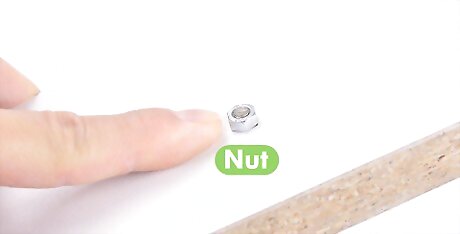
Add a nut for longer screws (optional). If there is a longer piece of screw that you can't trim any further, use a nut with the same thread size to hold it in place and prevent snags. Just use a wrench to hold it snugly in place. As an alternative, you can use screw end caps, also called thread covers. These are soft and flexible, making them easy to slide over the exposed end of your screw.



















Comments
0 comment